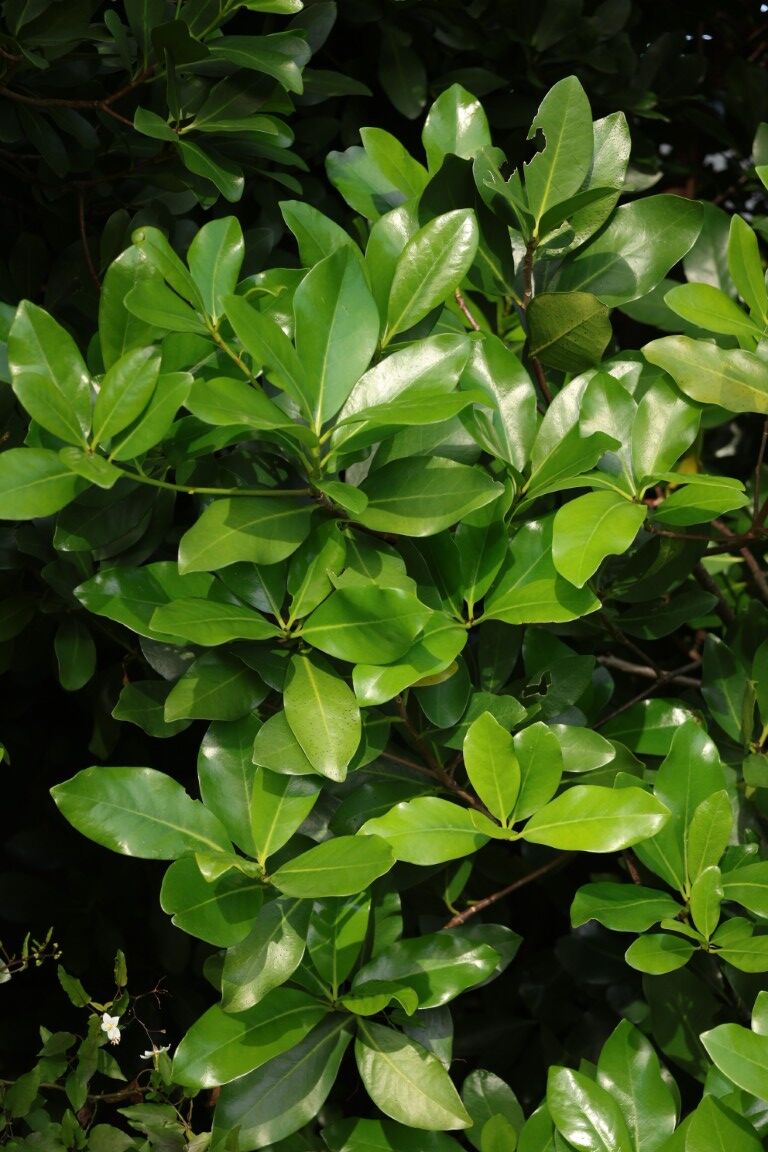

Common Names: Karaka, New Zealand Laurel
Family: Corynocarpaceae
Tree Details
Description
The Karaka is a stately, evergreen broadleaf tree endemic to New Zealand, primarily found in coastal and lowland forests of the North Island and upper South Island. It is instantly recognisable by its thick, glossy green leaves (up to 15 cm long) and abundant orange drupes produced in late summer. Its trunk can become wide and fluted with age, and large mature trees form bold, dome-shaped crowns.
This species is notable for its cultural significance — it was widely cultivated by Māori for its edible (but toxic unless prepared) seeds, and many existing groves today mark historic Māori settlements.
Distribution & Habitat
Ecology
Karaka plays a key ecological role as a food source for native birds, particularly the kererū, which are among the few birds capable of swallowing and dispersing the large seeds. However, seedlings can establish prolifically, and in some regions it is considered locally invasive.
The fruit contains a large kernel that is highly toxic if consumed raw due to the presence of the alkaloid karakin. Māori developed elaborate preparation techniques to detoxify and safely consume the seed.
Uses